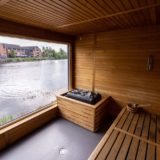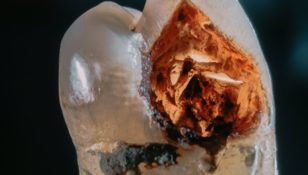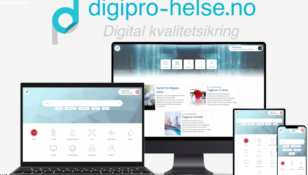[SETT INN VIDEO HER]

Title: Vacant Helse: A Comprehensive Guide to Optimal Health
Introduction:

In today’s fast-paced world, maintaining good health has become a top priority for many individuals. With the rising awareness of the importance of a healthy lifestyle, there has been an increased interest in the concept of «vacant helse». This article aims to provide a deep insight into vacant helse, its different types, popular choices, quantitative measurements, and a historical overview of its benefits and drawbacks.
1. An Overview of Vacant Helse:
Vacant helse, also known as «optimal health», refers to a state of complete physical, mental, and social well-being, rather than just the absence of disease or illness. It encompasses various aspects, including nutrition, exercise, sleep, stress management, and overall lifestyle choices. Achieving vacant helse requires a holistic approach that focuses on all these factors.
2. Types of Vacant Helse:
– Nutritional Vacant Helse: This type emphasizes the importance of a well-balanced diet rich in essential nutrients. It involves consuming a variety of fruits, vegetables, whole grains, lean proteins, and healthy fats to support optimal bodily functions.
– Physical Vacant Helse: Physical vacant helse revolves around engaging in regular physical activity. It includes exercises such as cardio, strength training, flexibility exercises, and other activities like yoga or Pilates. Regular physical activity can improve cardiovascular health, strengthen muscles, enhance endurance, and promote mental well-being.
– Mental Vacant Helse: Mental vacant helse focuses on maintaining good cognitive and emotional well-being. It involves stress management techniques, mindfulness practices, self-care activities, and seeking professional help when necessary. Mental vacant helse contributes to better focus, memory, emotional stability, and overall happiness.
– Social Vacant Helse: Social vacant helse emphasizes the importance of healthy relationships and social connections. It involves building and maintaining positive relationships, participating in community activities, and cultivating a sense of belonging. Social vacant helse can reduce feelings of loneliness, boost self-esteem, and provide support during challenging times.
3. Quantitative Measurements of Vacant Helse:
Measuring vacant helse can be challenging, but certain metrics provide insights into an individual’s overall well-being:
– Body Mass Index (BMI): A measure of body fat based on weight and height.
– Resting Heart Rate: The number of times the heart beats per minute while at rest, which can indicate cardiovascular health.
– Blood Pressure: The force of blood against the artery walls, with healthy levels indicating good cardiovascular health.
– Cholesterol Levels: High levels of bad cholesterol (LDL) and low levels of good cholesterol (HDL) can indicate an increased risk of heart disease.
– Sleep Quality: Assessing the duration and quality of sleep to determine overall restfulness.
4. Differences Between Various Vacant Helse Approaches:
Different vacant helse approaches may vary in terms of focus, strategies, and outcomes. For example:
– Traditional Medicine vs. Alternative Medicine: Traditional medicine emphasizes evidence-based treatments, pharmaceuticals, and surgeries, while alternative medicine focuses on natural remedies and holistic approaches.
– Western Diet vs. Plant-Based Diet: The Western diet typically emphasizes processed foods and animal products, whereas a plant-based diet focuses on whole foods derived from plants.
– High-Intensity Interval Training (HIIT) vs. Low-Impact Exercise: HIIT involves short bursts of intense exercise, while low-impact exercises prioritize joint-friendly movements and lower intensity.
5. Historical Overview of Vacant Helse Advantages and Disadvantages:
Throughout history, various vacant helse approaches have emerged, each with its benefits and drawbacks:
– Traditional Medicine: Offers effective treatments for acute conditions but may rely heavily on pharmaceuticals and invasive procedures, often neglecting preventive measures.
– Natural Remedies: Provides alternative solutions and fewer side effects but lacks strong scientific evidence and regulation.
– Western Diet: Convenient and accessible but often high in processed foods, artificial additives, and unhealthy fats.
– Plant-Based Diet: Rich in nutrients, antioxidants, and fiber but requires careful planning to ensure adequate nutrient intake, particularly regarding essential vitamins and minerals.
– HIIT: Time-efficient and effective for cardiovascular fitness but presents a higher risk of injury and may not be suitable for everyone.
– Low-Impact Exercise: Gentle on joints, suitable for all fitness levels, and aids in injury prevention but may not offer the same intensity and cardiovascular benefits as higher impact activities.
Conclusion:
Vacant helse encompasses various dimensions of well-being, including nutrition, physical activity, mental and social well-being. A holistic approach to vacant helse ensures optimal health and wellness. By understanding the different types of vacant helse, quantitative measurements, differences between approaches, and historical advantages and disadvantages, individuals can make informed decisions to achieve their optimal health goals.

















